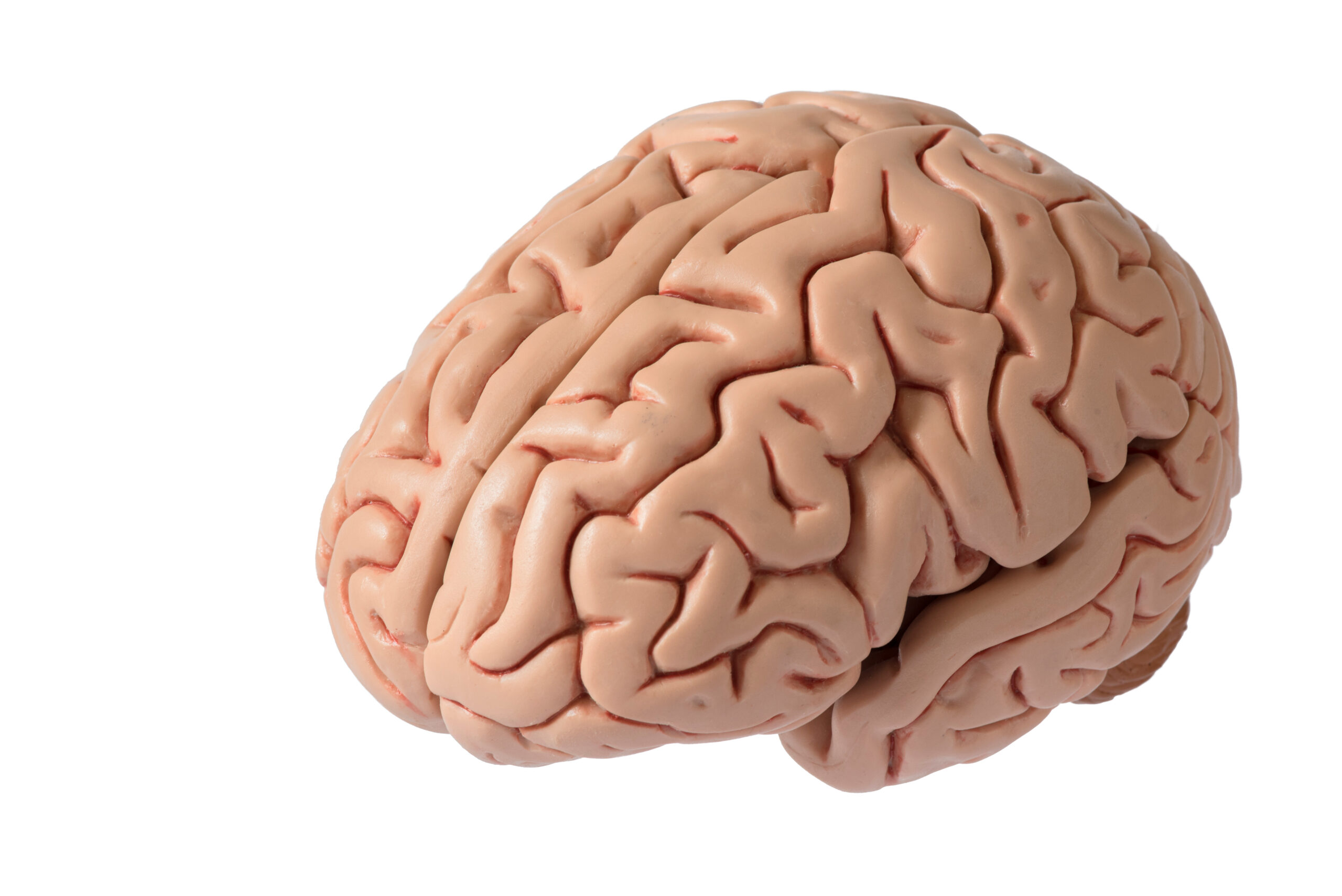The Science Behind Neural Regeneration and Memory Restoration
**The Science Behind Neural Regeneration and Memory Restoration**
Neural regeneration and memory restoration are two fascinating areas of research that have the potential to revolutionize our understanding of the brain and its functions. In this article, we will delve into the science behind these processes, exploring the latest discoveries and advancements in the field.
### Neural Regeneration
Neural regeneration is the process by which damaged or diseased nerve cells in the brain and spinal cord can repair themselves. This is particularly important for conditions like glaucoma, where the optic nerve, which carries visual information from the eye to the brain, can be damaged.
**The Challenges of Regeneration**
For neural regeneration to occur, several steps must be taken:
1. **Survival of Retinal Ganglion Cells**: The first step is to ensure that the retinal ganglion cells, which are the nerve cells in the retina that transmit visual information, do not die. Researchers have made significant progress in understanding the factors that help these cells survive and prevent degeneration[1].
2. **Reversing Neuronal Maturity**: In adults, neurons typically do not grow back. However, scientists have found that by making neurons “immature” again, they can regrow. This involves reversing the developmental process that normally stops neurons from growing in adults[1].
3. **Overcoming Growth Inhibitors**: Nerve fibers that regrow must overcome signals that inhibit their growth. This is a significant challenge, as these inhibitors can prevent the nerve fibers from connecting to the correct locations in the brain[1].
4. **Connecting to the Brain**: Once the nerve fibers have grown, they must connect to the appropriate locations in the visual targets of the brain. This requires precise guidance, which scientists are studying using techniques like axonal guidance[1].
### Memory Restoration
Memory restoration involves understanding how to repair and enhance memory functions in the brain. This is crucial for conditions like Alzheimer’s disease, where memory loss is a significant symptom.
**The Science of Memory**
Memory is the ability of the brain to store and retrieve information. It involves complex molecular mechanisms that ensure long-term memory storage. Here are the key steps:
1. **DNA Methylation and Gene Expression**: Long-term memory storage is maintained by DNA methylation, which regulates gene expression. When we learn new information, certain genes are activated, while others are inhibited. This dual regulation is crucial for forming and maintaining memories[2].
2. **Protein Synthesis**: Unlike short-term memory, long-term memory requires the synthesis of new proteins. These proteins are essential for reinforcing synaptic connections between neurons, which strengthens memory[2].
3. **Signaling Pathways**: The release of calcium ions in hippocampal neurons triggers gene transcription and the construction of reinforcing proteins. One of these proteins, PKMζ, is critical for maintaining long-term memory. Inhibiting PKMζ erases established long-term memories, but this effect is reversible[2].
### Diet and Brain Health
Diet plays a significant role in brain health and memory restoration. The Mediterranean diet (MeDi) has been shown to improve learning and memory in older individuals. MeDi is rich in anti-oxidant agents like olive oil, nuts, fruits, and vegetables, which reduce oxidative stress and inflammation in the brain. These factors are crucial for preserving normal brain function and delaying age-related brain shrinkage[3].
### Future Directions
Both neural regeneration and memory restoration are active areas of research. For neural regeneration, scientists are exploring multiple treatments that stimulate growth and suppress growth inhibition signals. This includes using ciliary neurotrophic factor-secreting implants to help retinal ganglion cells survive and regrow[1].
For memory restoration, researchers are investigating the molecular mechanisms involved in memory erasure and consolidation. This includes understanding how proteins like eIF2α influence memory consolidation through cell-type-specific translational control[5].
In conclusion, the science behind neural regeneration and memory restoration is





